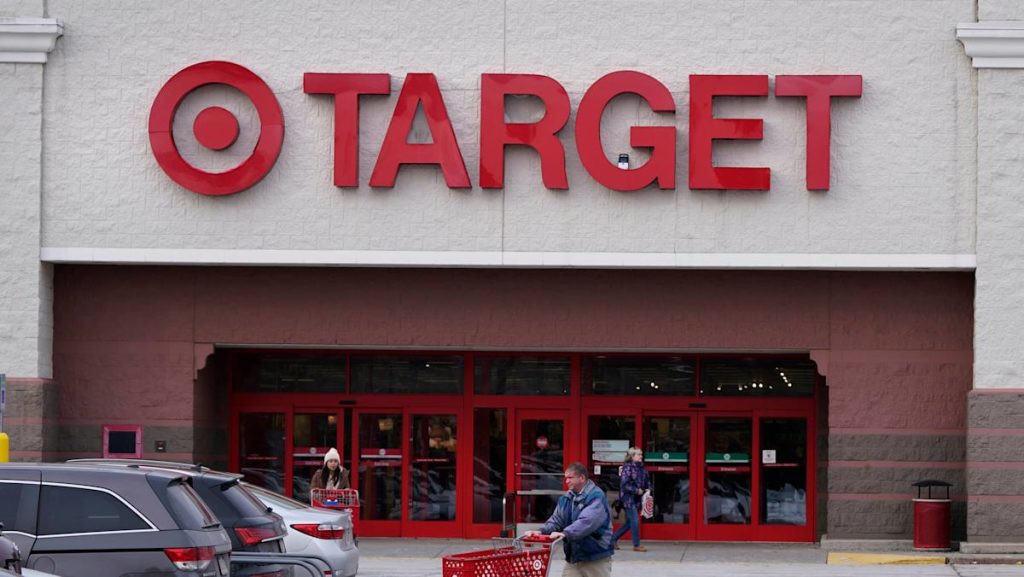00:00 Speaker A
This week, major retail chains are releasing their quarterly earnings reports, revealing a mixed bag of results. However, some companies are distinguishing themselves amid the ongoing tariff challenges. To navigate the retail sector, we’re consulting the Yahoo Finance playbook, and with us is Brian Mulberry, client portfolio manager at Zacks Investment Management. It’s great to have you back, Brian. Let’s dive into some of the significant players in this sector, starting with Walmart and Target. If we look at their stock charts, it tells an interesting story. Earlier this week, a bullish analyst on Target suggested that much of the bad news has already been reflected in its stock price. What’s your perspective?
01:31 Brian Mulberry
I get that viewpoint. Target’s stock is down about 40% year to date, which makes the valuation look increasingly appealing. However, from our perspective, we need to see some earnings growth, which Target isn’t showing in the near future. They continue to face challenges stemming from legacy COVID issues, particularly in inventory management. Additionally, around 30% of their products are directly sourced from China, complicating their recovery. On the other hand, Walmart has a diverse product range, which is reflected in their sales growth. Notably, April retail sales were surprisingly positive, coming in at a 0.1% increase, offering these retailers a $721 billion market. Walmart’s earnings show that while foot traffic may be flat or slightly down, they are capturing more spending from consumers. This is the key difference between Walmart and Target right now, with Walmart demonstrating consistent revenue and profit growth, unlike Target.
03:45 Speaker A
Let’s move on to the next segment. You’ve indicated that Walmart has the upper hand compared to Target. How do you see the landscape between Home Depot and Lowe’s, especially considering their different approaches to tariffs?
04:20 Brian Mulberry
Definitely. Home Depot has recently stated that it will reduce its exposure to China significantly, aiming for under 10%. This reduces their long-term profit risk given current tariff levels. They’ve also invested in linking customers with contractors, enhancing the completion of projects. In the latest retail sales data, building materials saw a 0.8% increase, which contributed positively to Home Depot’s Q1 performance. They effectively manage their profit structure while countersunk tariff costs, making them a more favorable choice compared to Lowe’s. Lowe’s focuses more on DIY projects, which currently aren’t the leading choice among customers. Although Lowe’s is expanding into the pro segment, they are lagging compared to Home Depot, which has fully embraced the professional contractor market.
06:29 Speaker A
What does the valuation landscape look like now, Brian? Surely it must be compelling?
06:41 Brian Mulberry
Absolutely. The narrative here is strong. Many homeowners are likely to stay put due to favorable mortgage rates, prompting them to enhance their properties instead. Given the current valuation and long-term revenue growth, Home Depot stands out as a robust company poised to return capital to shareholders while maintaining a solid balance sheet. In contrast, Lowe’s is highly leveraged with considerable debt, making it a riskier option. Home Depot’s position appears far more attractive in this regard.
07:47 Speaker A
So, Home Depot takes the lead in this discussion. For the last round, let’s contrast TJ Maxx and Kohl’s. This might not be a balanced comparison, but what’s your evaluation?
08:13 Brian Mulberry
Indeed, they aren’t even in the same league. If tariffs are a primary concern, TJ Maxx finds creative ways to source inventory, including purchasing unsold stock that may have already absorbed tariff costs. This flexibility allows them to stock in-demand products, offering well-known brands at discounted prices. Kohl’s, in contrast, relies heavily on direct imports from China, with 20-25% of its products facing maximum tariffs, which negatively impacts both short-term profits and long-term growth. Ultimately, it’s vital to know what you own and why, and currently, higher-quality balance sheets are outperforming.
10:01 Speaker A
Looking at Kohl’s stock chart, it has seen significant drops. Do you believe that all the bad news has already been accounted for?
10:26 Brian Mulberry
No, I don’t. They are struggling with sourcing and cost control, which I believe suggests further volatility ahead. They haven’t managed to reverse their profitability downtrend, and ongoing discounting is hurting their margins. Their average sales ticket is dropping, leading them to find various customer incentives that ultimately impact profitability. While they maintain some level of sales, overall profitability continues to suffer. I don’t think all the negative news is fully priced in just yet.
11:21 Speaker A
Always a pleasure, Brian. Thank you for your insights!
11:28 Brian Mulberry
Thank you, and have a great weekend!
11:30 Speaker A
You too!



